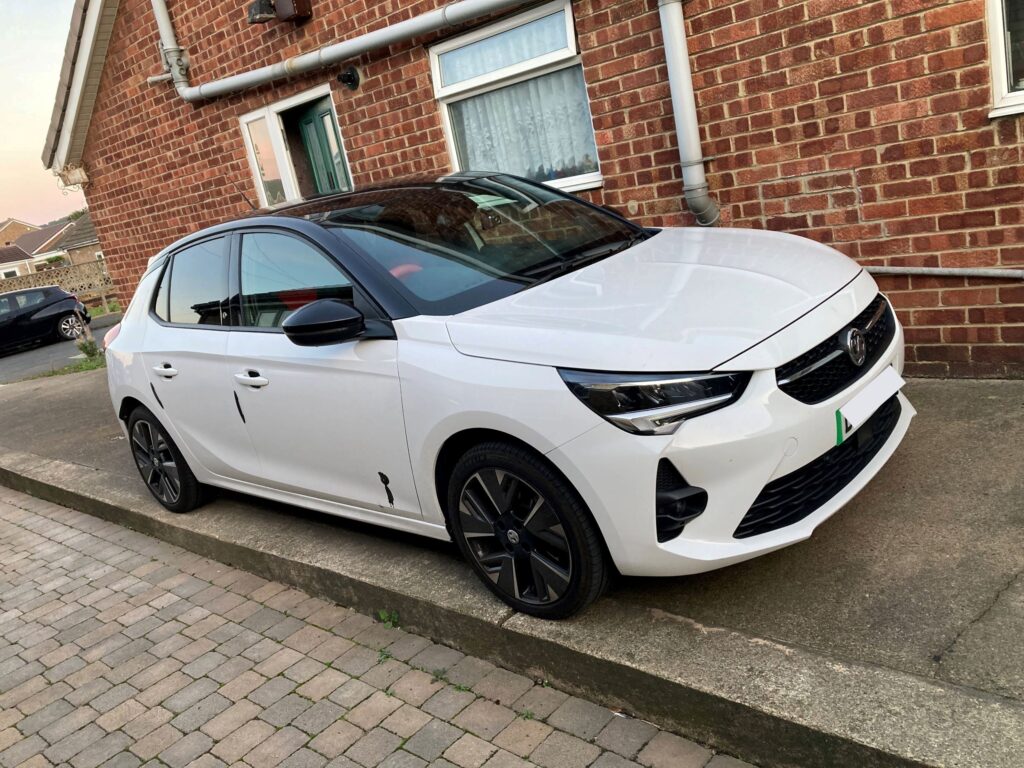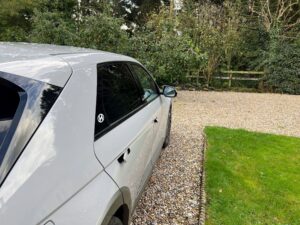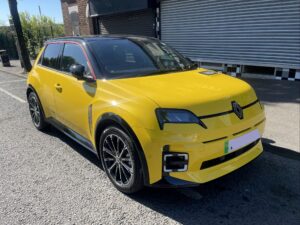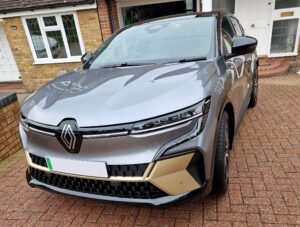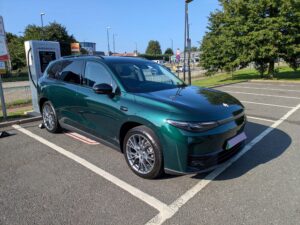Daniel Pinkney drives a Vauxhall Corsa-e 100kW GS 50kWh 2023, standard specification.
This is Daniel’s first electric car, he’s owned the Vauxhall Corsa-e 1-2 years and drives 5,000-10,000 miles annually. The current mileage of the car is between 5,000-10,000 miles and he achieves 165 miles from an 80% charge.
Why did you choose the Vauxhall Corsa-e?
I chose the Corsa-e after coming across a lease offer via one of LeaseLoco’s e-mails. One particular deal stood out as excellent value, and it prompted me to look more closely at the car. After researching further, I decided it was the right choice: combining affordability through leasing with the opportunity to drive a fully electric vehicle. The deal itself was the main trigger for the decision, but I also saw it as a good way to experience EV ownership without a long-term financial commitment.
Positives
While I wouldn’t say I love the car in the same way I aspire to own a Tesla one day, the Corsa-e has proven to be a great stepping stone into EV ownership. I really appreciate the key EV features: the smooth, gearless driving experience, quick acceleration, and the ability to switch between Eco, Normal and Sport modes, depending on the journey.
The regenerative braking and instant torque make it a far more relaxing and enjoyable drive compared to an ICE vehicle.Specifically for the Corsa-e, I like the two-tone styling (white body with black roof), which gives it a modern look. It’s comfortable, practical, and has just the right amount of space for my day-to-day needs, all while being easy to live with and to drive.
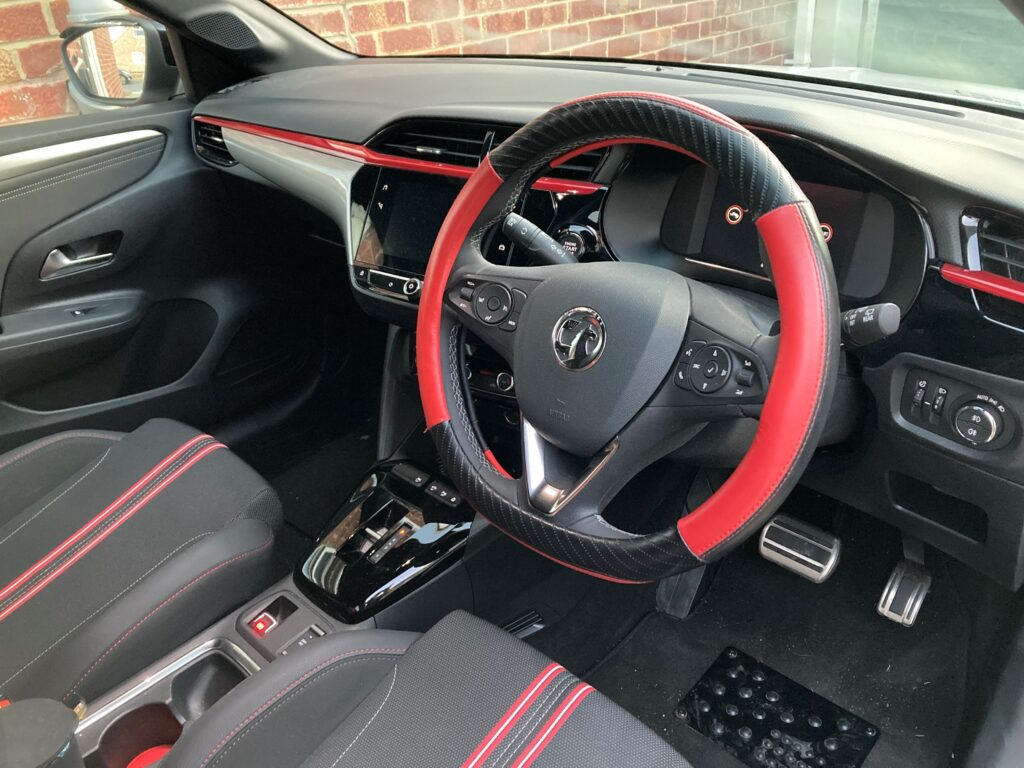
Negatives
There’s nothing I particularly dislike about the Corsa-e, it has been a very solid and enjoyable car to live with. If I had to pick one area for improvement, it would be the regenerative braking. It could be stronger to allow for true one-pedal driving, which is something I’d really value in an EV. Other than that, I’ve no complaints.
Compared to when you first bought the car, does your battery still charge at the same rate & do you still get the same range?
Same range and rate, but I have only done just over 6,000 miles to-date.
Have you experienced any faults with the car?
No faults as yet.
What are the standout technological features of the car?
For me, the standout technological features are mainly focused on the driving experience. The regenerative braking is a key feature; it makes day-to-day driving smoother and more efficient, and while I’d prefer it to be a little stronger for full one-pedal driving, it’s still a big step up compared to ICE vehicles.
Alongside that, the selectable driving modes (Eco, Normal, Sport) are a great addition, allowing you to tailor the car’s performance depending on the situation. The reverse parking sensors are also very practical, especially for tight spaces, and they add reassurance when manoeuvring. The car also comes with Apple CarPlay, which some drivers will find useful, although I personally don’t make much use of it.
Finally, most of the car’s functions are controlled through the menu button and touchscreen interface. While it can feel a little counterintuitive at first, once you get used to it, the system is effective.
Tell us something people wouldn’t readily know about your Corsa-e
Nothing to report here. I actually like that it’s simple, utilitarian and doesn’t have many bells and whistles.
What’s the biggest or funniest myth you’ve heard about EVs?
- “They always catch fire!”– in fact, EVs are statistically less likely to catch fire than petrol/diesel cars
- “You need 400+ miles of range” – most daily journeys are under 50 miles, so this is more anxiety than reality
- “They’re not environmentally-friendly” – lifetime emissions are far lower than ICE, even with battery production
- “Batteries need replacing every 5 years” – modern EV batteries usually outlast the car itself
- “They’re not cheaper to run” – charging and maintenance are generally far less than petrol/diesel.
What electric car(s) are you interested in next and why?
I’m most interested in a Tesla, either the Model Y, Model 3 or potentially a smaller ‘Model 2 / Cybercab’, if that launches. The main reason is Tesla’s leadership in autonomous driving: full self-Driving has huge potential, and I like the idea of eventually having one car that could be shared between family members (driving itself for whoever needs it).
On top of that, Tesla’s constant software updates mean the car actually improves over time, and their vehicles are among the safest on the road. The performance and tech features are also a big bonus compared to most other EVs.
Home charging unit
EO Mini Pro 3 – The charger itself has been flawless so far: compact, reliable, and easy to use. However, the installation process was far from smooth. It involved fuse upgrades, DNO approvals, jointing work, and a lot of back-and-forth. The third-party contractors used by the electrical board even left botched digging work that had to be chased up.
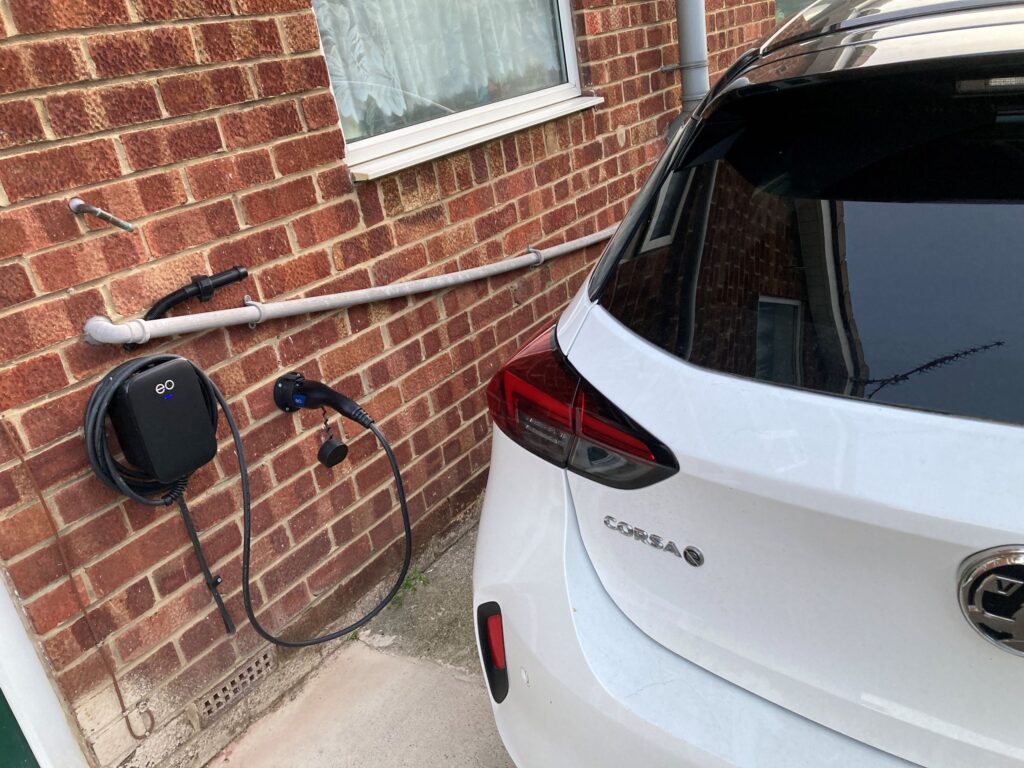
On the software side, EO has migrated to ev.energy, which means moving away from EO’s original app. I found the EO app simple and intuitive, but the ev.energy app feels less so, and there have been a couple of downtimes where I couldn’t schedule charging at home and had to rely on public chargers.
These challenges (especially around installation and app reliability) have actually motivated me to set up my own service aimed at helping new EV users navigate charger choices and avoid the pitfalls I faced.
Electricity supplier & tariff
Octopus Energy – I was previously on their Octopus Go tariff, which offers cheaper electricity between 1am–5am and is great for overnight EV charging. At the moment I’m on their flexible plan, and it seems I’ll need to reapply to get back onto Go.
Positives:
- Octopus are generally very EV-friendly
- their customer service is good
- the Go tariff can make charging much cheaper if you can schedule it overnight.
Negatives:
- the application/reapplication process for Go can be a bit of a hassle
- if you’re not on the Go tariff, the flexible plan doesn’t bring the same savings for EV charging.
What public charging networks would you recommend to others and why?
I’ve mostly used networks that work with Octopus Electroverse, as it’s convenient to use their card and have everything billed to my monthly Octopus account. The best experience I’ve had is with Osprey chargers, they’re simple to start (just tap the card) and just as easy to stop using the button on the charger. No faff, no app required, which makes them very reliable.
On the negative side, I’ve had poor experiences with Blink (where I couldn’t disconnect the cable or stop charging) and with MFG, where the app communication was unreliable and made ending a charging session more difficult than it should have been.
Insurance
Admiral – Because the car is on lease, the lease company had to be listed as the registered keeper. This makes the insurance process a bit more expensive and can limit the choice of insurers, as not all will cover cars under this arrangement. In terms of cost, my premium increased quite noticeably in the second year (around 20%). That said, Admiral did provide cover without major issues, which was reassuring given the added complication of the lease setup.
Please itemise where you’re saving money (or not) owning & running a Vauxhall Corsa-e
I’m on a full maintenance lease (including tyres), so apart from the monthly lease payment I don’t have to worry about servicing, repairs, or unexpected breakdown costs. This peace of mind was one of the main reasons I chose to lease.
In terms of energy, my monthly electricity bill has increased, but I suspect that’s more down to rising supplier prices than the car’s charging schedule. Because of that, I’m not sure I’ve seen clear savings on running costs compared to petrol/diesel.
The main financial benefit for me has been the predictability of costs and the fact that everything is wrapped into one fixed monthly payment.
See other Vauxhall Corsa-e Owner Reviews here

